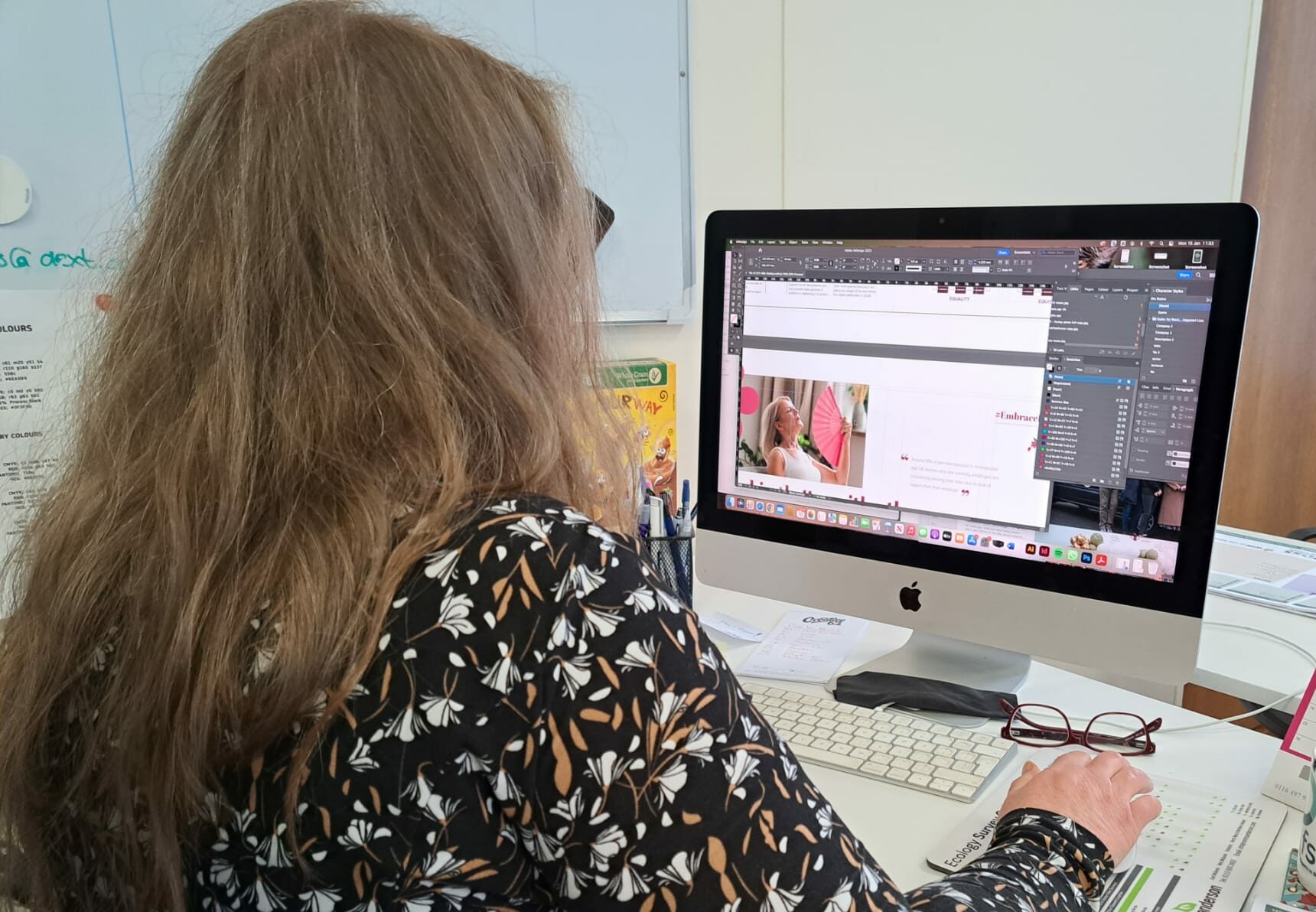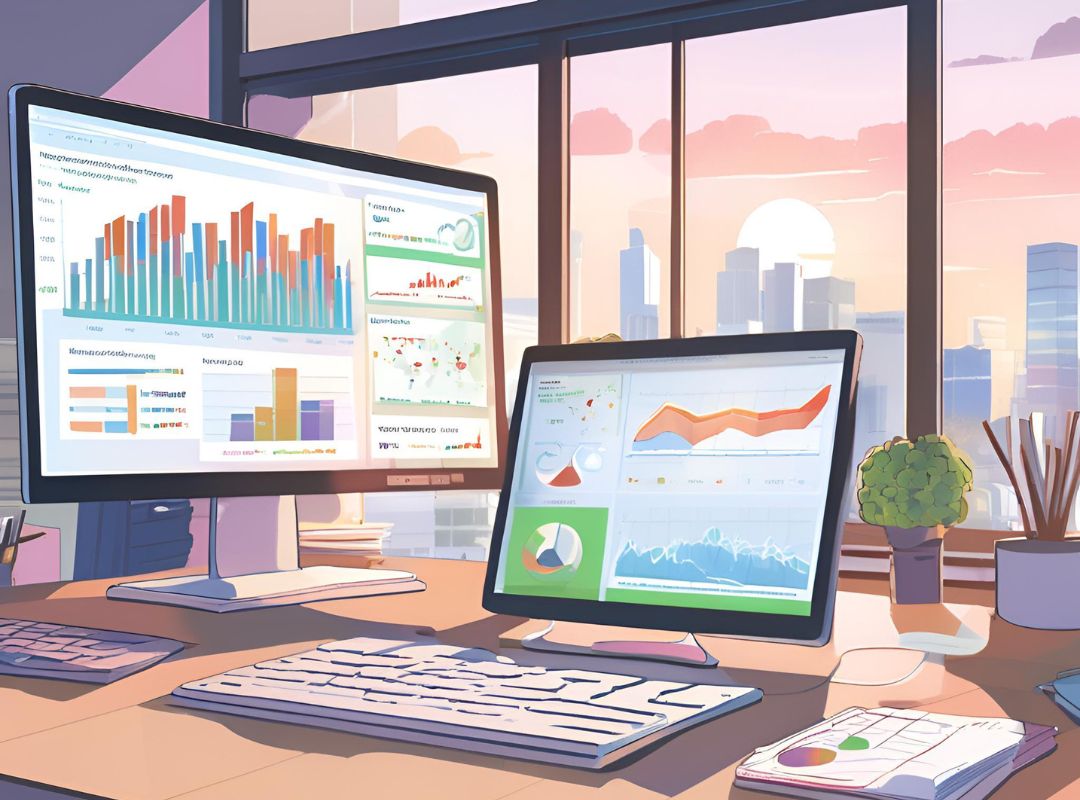How to create a brochure that connects with your audience
Creating such a document is a great way to showcase your business and attract new clients. Here’s how to create a brochure.
Knowing how to create a brochure equips you with the power to stand out from the crowd and make an immediate impact on potential customers. There are many reasons why your company should produce a brochure.
But not all brochures are created equal. Some are dull and boring, while others use interesting graphics, colours and fonts to make their point.
So how do you create an engaging brochure that will resonate with your audience and encourage them to reach out to you to use your services?
It all starts with these tips:
The writing
Create a compelling hook
The hook is the first sentence of a story. It’s what makes you want to read the rest. The hook also what makes you want to buy the product.
A hook can be as simple as saying “you’ll never believe what happened next.” Or it could be more complex, like an anecdote or statistic that makes readers say “wow!” The most important thing is that your hook should grab their attention and make them want to continue reading your brochure. Or better yet, buy your product.
When writing copy for your brochure, try not to use industry jargon unless absolutely necessary (and even then, only use it sparingly). You don’t want people who aren’t familiar with your industry stumbling over words they don’t understand while trying hard not to lose interest solely because they’re unfamiliar with industry terms.
Write with your busy audience in mind
Keep in mind that readers will be skim-reading, so make sure that the most important points jump out at them. Use bold text or subheadings to highlight key points and create a visual hierarchy for readers.
Use subheadings to break up large blocks of text and make it easier for readers to find what they’re looking for. Use bulleted lists, when possible, to highlight key points, but don’t overdo them.
Don’t be afraid to use humour. It makes your articles more interesting and easier to read. Make sure that your tone is consistent—don’t switch from casual to formal or vice versa.
The design
Make it look professional and interesting to read
When you’re creating an engaging brochure, it’s important to make sure that the layout is easy to read.
Use a template that works for you. If you have a particular style in mind, find a template that fits your brand and use it as a guide for how to lay out your content.
Choose fonts carefully. Fonts can make or break an engaging brochure because they influence how readers perceive what they’re reading. So, choose wisely.
Try using sans-serif fonts (like Arial) over serifed ones (like Times New Roman). Sans-serif fonts are easier on the eyes because they don’t have any flourishes. This makes them easier on our brains when we’re trying to absorb information quickly without getting distracted by fancy details like curlicues or tails on letters.
Match your wording style to your branding. If you have used a certain font in other marketing, use the same one here too.
Make sure there’s plenty of white space between lines of text so readers aren’t distracted by dense blocks of text. Use images and graphics wherever possible: they break up lengthy blocks of text while providing visual interest at the same time.
There are plenty of free ways to make a brochure, such as beginner’s design tool Canva or BeFunky.
Make it easy for readers to navigate
It’s important to make it easy for readers to navigate your brochure. A table of contents, consistent layout and headings and subheadings are all ways you can do this.
Colour co-ordinate sections in line with your company branding too, separating subjects with a different colour means that it will keep things varied but distinct in topics.
Use high-quality images that are relevant to your business, but don’t clutter up the page with too many pictures or graphics. If you use photos, make sure they’re large enough that people can see what they are without having to get too close and of course only the highest resolution possible.
Use images and graphics to emphasise key ideas
Use images and graphics to emphasise key ideas. Images are powerful tools for reinforcing the message of your brochure. They can also be used to illustrate a point or break up text into smaller chunks that are easier to digest.
You can use images of people, places or things which represent the subject matter in an engaging way. For example, if you’re promoting a new health product, consider using photos of people exercising.
Images should be used sparingly though. Too many will make it difficult for readers to steer their way through your brochure without getting distracted by all those pretty pictures.
When using graphics instead of photographs, it’s important that they’re clear and simple so as not confuse anyone who isn’t familiar with them already. Avoid overly complicated designs unless absolutely necessary.
In conclusion
If you want to create an engaging brochure that helps you stand out from the crowd, it’s important to remember these tips. You can use them to create a professional-looking document that will grab your audience’s attention and keep them reading until the end. Their engagement will ensure you stand the highest chance of generating a lead.





